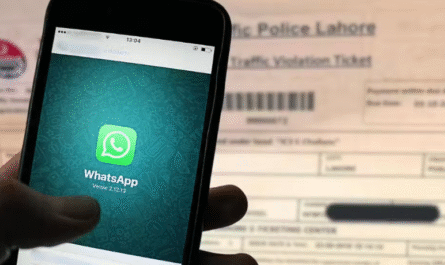In a renewed push to combat rising pollution and enforce environmental standards, the Islamabad administration has officially resumed vehicle emission testing at two designated locations within the capital. The move comes as part of broader efforts to improve air quality, reduce vehicular emissions, and promote greener urban transport policies.
After a temporary halt in operations, the resumption of emission testing is being seen as a crucial step in ensuring that vehicles on the road meet the minimum environmental safety standards.
Where Are the Emission Testing Centers Located?
The Capital Development Authority (CDA), in collaboration with the Islamabad Transport Authority (ITA) and Environment Protection Agency (EPA), has restarted testing services at the following two locations:
- F-8 Markaz (Near District Courts)
- Sector H-9 (Near Sunday Bazaar)
These centers are now fully operational and equipped with the necessary devices to check Carbon Monoxide (CO) and Hydrocarbon (HC) levels emitted by vehicles.
Who Needs to Get Tested?
The emission test is mandatory for all commercial and private vehicles, especially those applying for:
- Vehicle fitness certificates
- Commercial driving permits
- Vehicle registration or renewal
While private car owners are currently not being fined for failing to pass the emission test, non-compliant commercial vehicles may face fines or suspension of permits until they are brought within acceptable emission limits.
Why Emission Testing Matters
Islamabad, like many urban centers in Pakistan, is grappling with poor air quality and increased vehicle emissions. With vehicular pollution being one of the top contributors to smog, emission testing is a critical tool to:
- Identify high-polluting vehicles
- Encourage maintenance of engines and exhaust systems
- Promote the use of cleaner fuels and technologies
- Protect public health from air-borne toxins
According to environmental experts, regular emission testing can help reduce health issues like asthma, lung infections, and respiratory distress, particularly among children and the elderly.
How Does the Testing Work?
At the designated centers, the procedure is quick and straightforward:
- Vehicle is driven onto a designated spot
- A sensor is inserted into the exhaust pipe
- The system analyzes levels of Carbon Monoxide (CO) and Hydrocarbons (HC)
- A printout is given, showing whether the vehicle meets the emission standards
If the vehicle fails the test, the owner is advised to get it repaired and return for a retest.
Public Response So Far
Initial public response has been mixed. While environmentalists and civic bodies have praised the move, many citizens have raised concerns about:
- Lack of awareness regarding the testing requirement
- Limited number of centers, leading to longer waiting times
- Outdated or poorly maintained public vehicles that repeatedly fail tests
However, authorities assure that this is just the beginning and that more centers will be opened in other sectors of Islamabad in the near future.
Future Plans: Expanding the Network
The Islamabad Transport Authority is reportedly planning to:
- Launch mobile emission testing vans
- Introduce digital tracking of vehicle emission history
- Coordinate with motor vehicle examiners for stricter enforcement
- Possibly link vehicle registration renewals with emission compliance in the future
Such steps could ensure that only roadworthy and eco-friendly vehicles operate in the city, significantly reducing environmental degradation over time.
Final Thoughts: Drive Clean, Breathe Easy
The revival of emission testing in Islamabad is a positive step toward cleaner air and responsible vehicle ownership. While the initial implementation may face challenges, consistent efforts by authorities and cooperation from the public can make a lasting impact.
If you’re a vehicle owner in Islamabad, it’s time to get your emission levels checked — not just to comply with regulations, but to do your part for a healthier environment.



